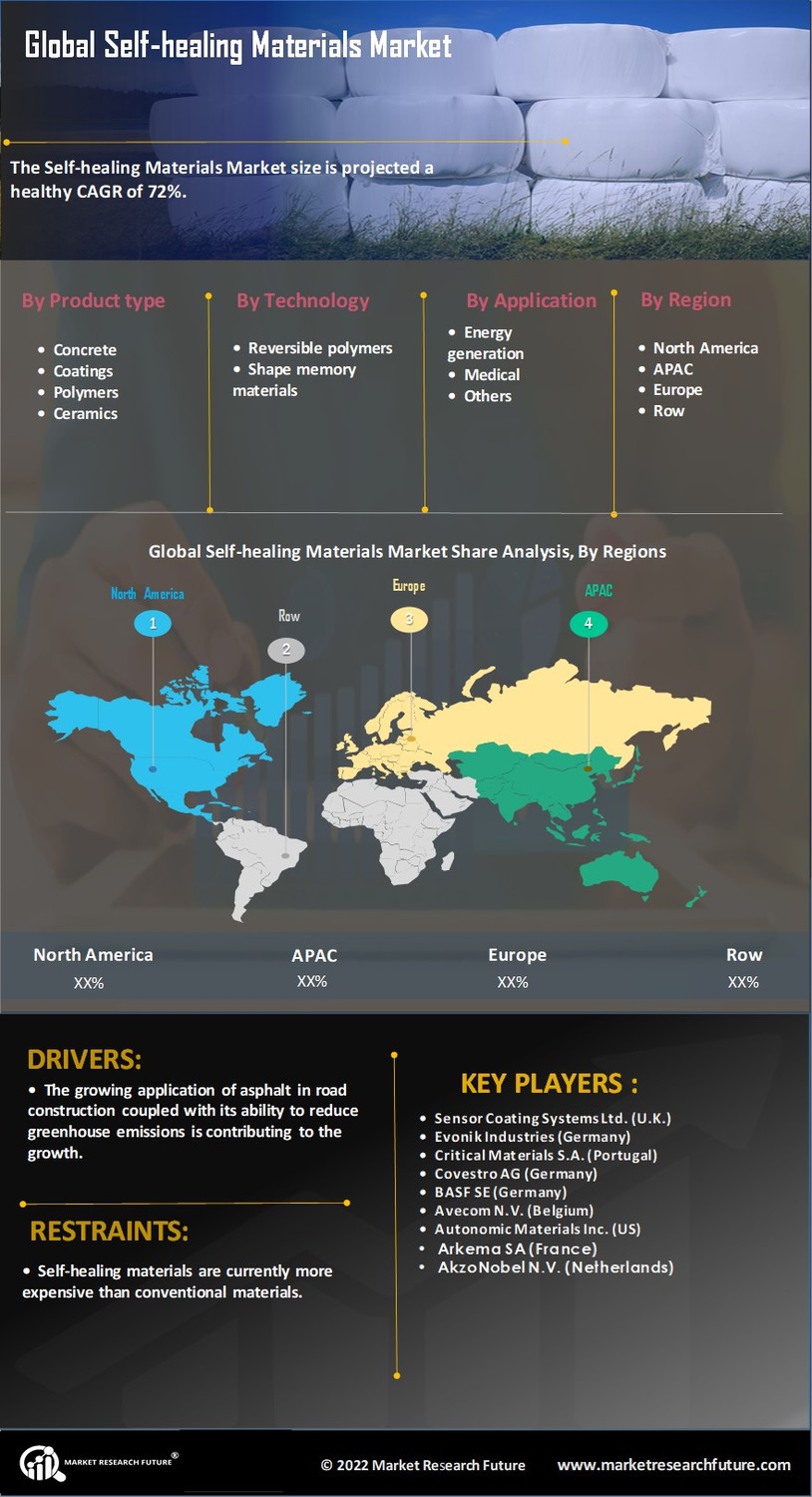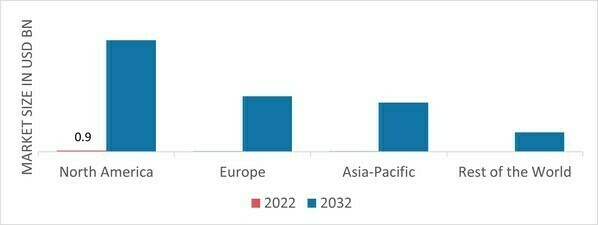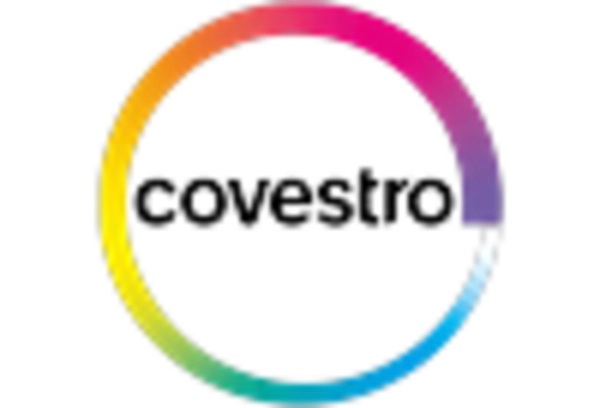Leading market players are investing heavily in research and development to expand their product lines, which will help the Self-Healing Material market grow even more. Market participants are also undertaking various strategic activities to expand their footprint, with important market developments including new product launches, contractual agreements, mergers and acquisitions, higher investments, and collaboration with other organizations. To expand and survive in a more competitive and rising market climate, the Self-Healing Material industry must offer cost-effective items.
Manufacturing locally to minimize operational costs is one of the key business tactics manufacturers use in the Self-Healing Material industry to benefit clients and increase the market sector. In recent years, the Self-Healing Material industry has offered some of the most significant advantages to medicine. Major players in the Self-Healing Material market, including AkzoNobel N.V., Arkema SA, Autonomic Materials Inc., Avecom N.V., BASF SE, CompPair Technologies Ltd., Critical Materials S.A., E.I. Du Pont De Nemours and Company, Evonik Industries, Sensor Coating Systems Ltd., and others, are attempting to increase market demand by investing in research and development operations.
BASF SE, an initialism, And Portmanteau for its original name Badische Anilin- und Soda-Fabrik, is a European multinational company and the largest chemical producer in the world. Its headquarters are in Ludwigshafen, Germany.BASF SE acquired Chemetall GmbH, a producer of specialty chemicals and surface treatment products.
Evonik Industries AG is a stock-listed German specialty Chemicals Company headquartered in Essen, North Rhine-Westphalia, Germany. It is the second-largest chemicals company in Germany and one of the largest specialty chemicals companies in the world. Evonik Industries acquired the Specialty & Coating Additives business of Air Products (U.S.), strengthening its leading position in the high-margin specialty & coating adhesives market.
Self Healing Material Market Developement
September 2024
Research has been conducted on sports equipment using self-healing materials such as pole vault poles. Additional development is being made on self-healing composites alongside the coatings that have been patented, which would make pole vaulting materials safer.
February 2022
A Massachusetts Institute of Technology team has turned to biology to create self-healing circuits. The new self-healing system is based on biological hydrogels, allowing the circuits to recover and function fully. According to the researchers, they brought forth a complete opinion on how healing materials indeed could operate rather than a theoretical understanding.
August 2022
MIT has significantly improved upon the self-healing device by making it capable of repairing extensive damage. Previously, the devices could self-repair themselves but only in a small range, so the machines were still required to be taken care of. In the self-healing machines developed by MIT, the hydrogels are placed in 3D microchip structures, allowing the machines to operate without needing any external action.
October 2022
Innovation by North Carolina State University: North Carolina State University researchers have invented a new self-healing composite material that can be repaired without cambering. This Contour Expansion Unit Availability targets bespoke exposures, including wind turbine blades and aircraft wing structures, enhancing high-stress components' life span and endurance.
September 2021
The Air Force Academy, in conjunction with the Wright-Patterson Air Force Base, has developed a new approach for designing materials capable of self-repairing. The new polymer has been manufactured to imitate biological processes. This would aid in increasing the life expectancy of a device because the device would be able to heal on its own without the need for external influence or action.
December 2022
Advancements in Multi-Self-Healing Polymers by Riken Institute: In a recent exposure, scientists elucidated their research on self-healing polymer synthesis with readily available commercial compounds for the very first time.This is an innovative polymer comprising building blocks that can self-repair, thus working the path for cost- and scale-effective materials that translate to a significant leap in the advancement of polymer technology.


















Leave a Comment